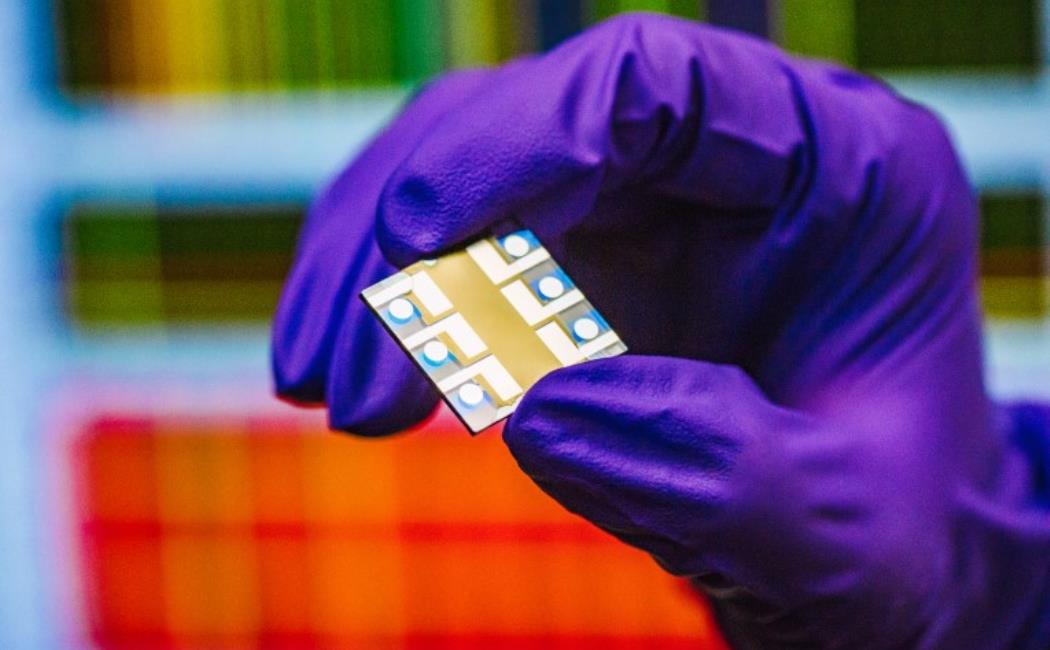
26 April, 2022
When light hits a perovskite, it excites negatively charged electrons and leaves behind positively-charged “holes” within the material’s crystalline structure. These electrons and holes can then move through the perovskite to generate an electrical current. But the charge carriers could also recombine instead, which wastes the energy they carry.
“The efficiency of perovskite solar cells has been greatly improved in the past decade, but fundamental research on their photophysics is relatively backward,” says Ming-Cong Wang at the KAUST Solar Center, part of the team behind the work. “One of the things that is not clear is how charge carriers behave before recombining.”
Read more at KAUST Discovery.